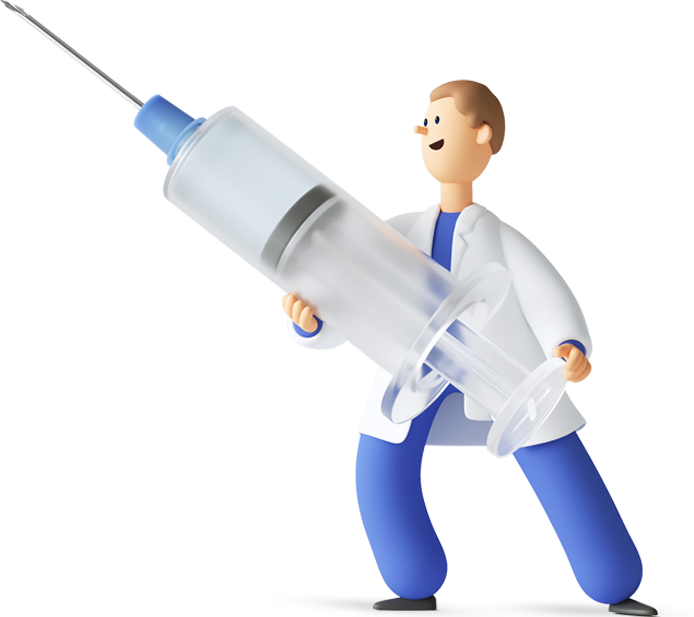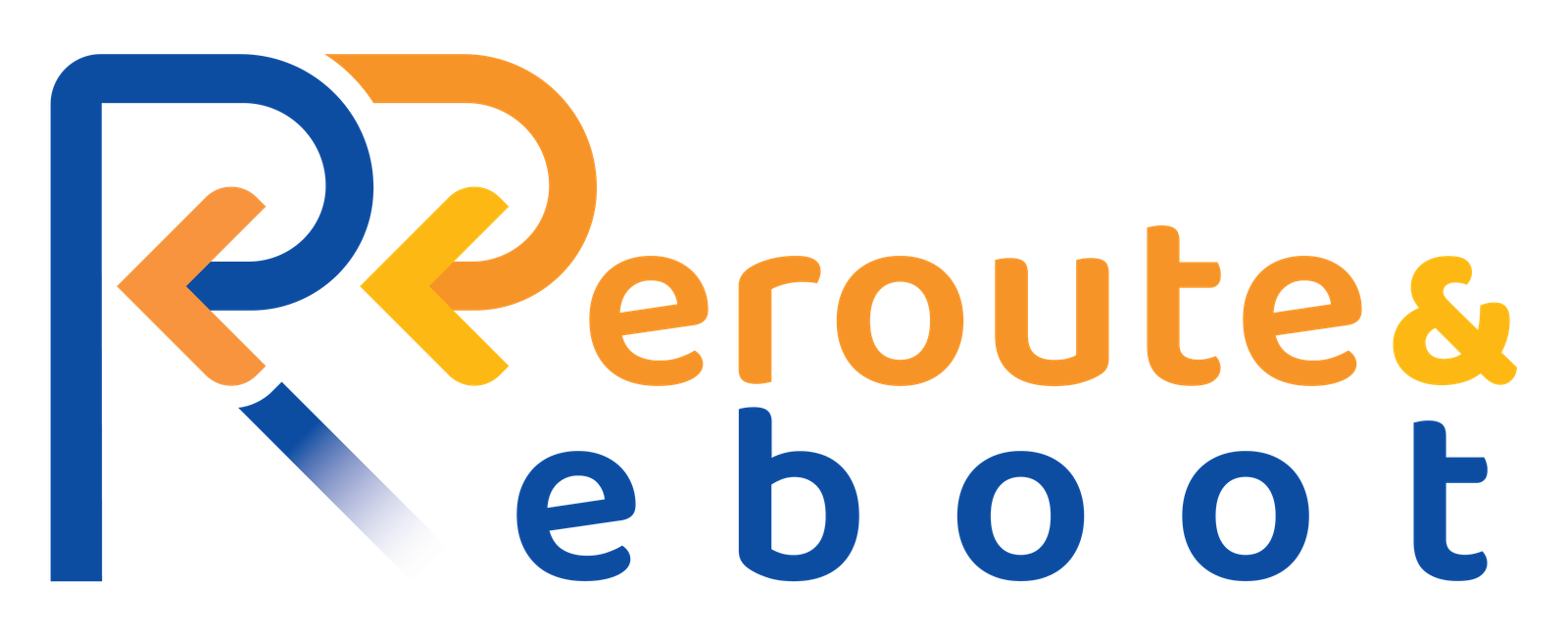Back Pain

physiotherapy for Back Pain
The best physiotherapy for back pain involves targeted exercises that focus on strengthening the core and back muscles, improving posture, and enhancing flexibility. Manual therapy, stretching, and heat or cold treatments are also effective methods used by physiotherapists to relieve discomfort and restore proper movement patterns.
The basic causes of back pain include muscle strain, poor posture, injuries, herniated discs, or medical conditions such as arthritis, osteoporosis, or sciatica. Lifestyle factors like lack of exercise, excess weight, or improper lifting techniques can also contribute to back pain.
Back pain can be accompanied by symptoms like muscle stiffness, sharp or shooting pain, and numbness or tingling, especially in the legs. It may also cause limited mobility and weakness in the legs, making everyday tasks like walking or bending difficult. If these symptoms persist or worsen, it’s important to seek medical advice for proper diagnosis and treatment.
Physiotherapy for lower back pain
Physiotherapy for lower back pain is a specialized field that aims to relieve discomfort and restore mobility. Reroute and Reboot offers a comprehensive assessment to identify the root causes of pain, utilizing evidence-based techniques such as manual therapy, targeted exercises, and ergonomic training. Success stories from Reroute and Reboot often highlight significant improvements in patients’ quality of life, allowing them to return to daily activities pain-free. By choosing physiotherapy, patients can experience not only immediate relief but also long-term strategies for preventing future lower back pain episodes.
Symptoms of Back Pain
- Dull, aching pain in the back muscles or spine
- Sharp or stabbing pain with certain movements
- Limited range of motion or stiffness
- Radiating pain or numbness into the legs (sciatica)
- Muscle spasms or cramping
- Difficulty standing or walking for extended periods
Causes of Back Pain
- Muscle strain or sprain
- Poor posture
- Spinal misalignment
- Degenerative conditions such as osteoarthritis or spinal stenosis
- Herniated discs
- Sciatica
- Vertebral fractures
- Underlying medical conditions like fibromyalgia or kidney stones
What Triggers Back Pain
- Lifting heavy objects improperly
- Sudden movements or twisting of the spine
- Prolonged sitting or standing in poor posture
- Repetitive movements that strain the back muscles
- Excessive weight or obesity
- Aging-related changes in the spine
When do you need physiotherapy for Back Pain?
If back pain persists for more than a few days, worsens with movement or activity, or is accompanied by other symptoms such as numbness, tingling, or weakness in the legs, it’s advisable to seek physiotherapy. Physiotherapists can assess the underlying cause of back pain, provide targeted interventions to alleviate symptoms, and develop a personalized treatment plan. This may include manual therapy techniques, therapeutic exercises, modalities such as heat or cold therapy, and education on proper posture and ergonomics to prevent future episodes of back pain.
How to Prevent Back Pain
Preventing back pain involves adopting healthy lifestyle habits and minimizing factors that contribute to strain on the spine. Strategies include maintaining good posture, practicing proper lifting techniques, staying physically active with regular exercise to strengthen back muscles and improve flexibility, maintaining a healthy weight, using supportive furniture and ergonomic equipment, taking regular breaks during prolonged sitting or standing, and avoiding smoking, which can impair blood flow to spinal tissues.
Treatments for Back Pain using Physiotherapy
We at Reroute and Reboot, offers effective treatments for back pain aimed at reducing pain, improving mobility, and restoring function. Treatment options may include manual therapy techniques such as joint mobilization or soft tissue massage to reduce pain and stiffness, therapeutic exercises targeting muscles around the spine to improve strength and stability, modalities such as heat or cold therapy, ultrasound, or electrical stimulation to alleviate discomfort and promote healing, and education on proper body mechanics and posture to prevent re-injury. Additionally, physiotherapists may provide guidance on lifestyle modifications and self-management strategies to manage and prevent future episodes of back pain.


